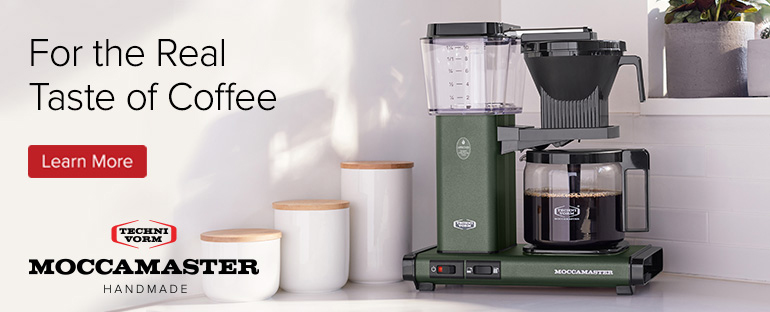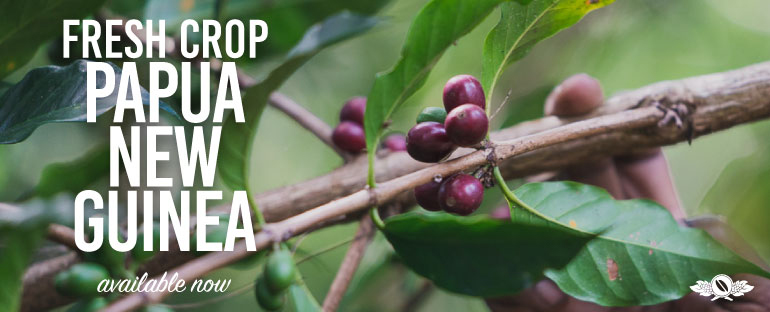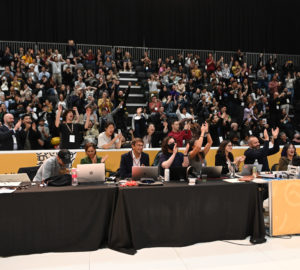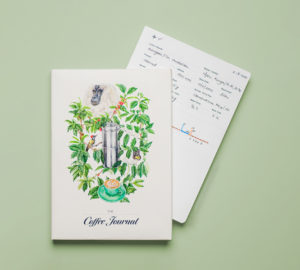A recent examination of Melbourne cafes by Broadsheet editor, Nick Connellan, asks an honest question: do the city’s cafes have what it takes to continue influencing cafe culture globally? Can they still be unique enough from each other locally to survive? And is the era of Melbourne cafe as international cultural symbol beginning to fade?
With hundreds of cafes in the Melbourne CBD alone, and hundreds more in the surrounding suburbs, the market appears to have reached what any reasonable person might define as saturation. Even with the Instagrammable build-outs, inventive restaurant-quality menus, and coffee offerings scaling from your basic $4 cappuccino to a $10 cup of an anaerobic process coffee from Central America, Melbourne may have “backed itself into a corner”, as per Connellan. Because these cafes are all starting to feel the same.
From Broadsheet:
Our autumn 2015 cover story, “The Design Question”, asked why so many cafes were starting to look the same: polished timber, white subway tiles and Edison light bulbs. Since then, the similarities have become more pervasive than just aesthetics. Many of our cafes have begun to feel the same, too. It’s like everyone’s read the same basic manual on how to open a “Melbourne cafe”. “It’s become a very fashionable industry, and the barrier to get in is very low – you just need an apron and a beard and you’re in,” jokes Al Keating, a partner at Coffee Supreme, one of Melbourne’s earliest specialty roasters.
From the outside looking in, it’s interesting to read Melbourne roasters and cafe owners talk openly about the faults of cafes. Some of these faults include six-figure investments at least in design, branding, marketing, on top of building a kitchen and coffee program. Cafes today are spending big on making everything look good, and using influencer marketing quite regularly to drive a fickle local customer base with endless options. And that’s just to keep up.
I’m a self-proclaimed coffee culturalist particularly interested in the roles cafes and coffee shops play in everyday life in different places. As an temporary migrant to Melbourne (who also works in the coffee industry), it looks to me like observing the first results of a shift in priorities for cafes and coffee shops globally. In other words, rising investment costs and a marble pour-over bar aren’t the only things everyone is doing the same. Al Keating’s joke to Broadsheet has some truth to it: everyone doing it also looks the same.
We’re seeing stagnation of a coffee culture due to a lack of diversity in real time.
Melbourne has had a number of things that’s allowed it to set the standard to be a successful coffee city. The general public have a basic understanding of what specialty coffee is, what’s good, and where to find it. Most cafes serve coffee well enough to be considered “good” with still a fair amount achieving “exceptionally good” and “downright delicious.” Add those to the list along with food dishes that look like they’re out of Masterchef Australia against the backdrop of an indoor concrete greenhouse. Melbourne can be a coffee lover’s dream.
But what’s real is this: white men dominate cafes, especially in upper management and ownership. This is true so many places around the world, but it is very obviously most evidently true here in Australia, and in Melbourne especially. So it should come to no surprise that the same bunch of white men who created the template are out of ideas to innovate it. If Melbourne business leaders and cafe investors want to solve the city’s cafe diversity problem, they should start by investing in diverse business owners. This is the real next wave of coffee, and something Melbourne must consider if it wants to remain at the forefront of cafe culture globally.
Michelle Johnson is a news contributor at Sprudge Media Network, and the founder and publisher of The Chocolate Barista. Read more Michelle Johnson on Sprudge.

























